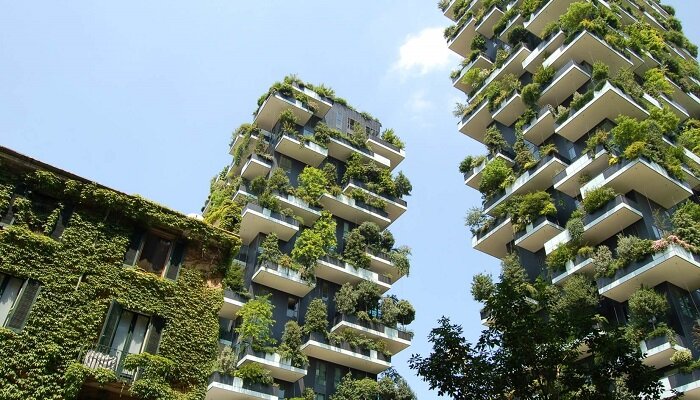According to a top economist at the World Bank’s private finance arm, emerging markets will go on to require a total investment of US$1.5 trillion by 2035 so as to ensure that both new and existing buildings become environmentally friendly, thereby preventing a surge in emissions that contribute to climate change.
Based on a new report by the International Finance Corporation- IFC, out of the total US$1.5 trillion, China contributes US$1.33 trillion, which is a reflection of its large size and level of growing urbanisation. The left-over portion of the funds is mainly accounted for by Latin America we well as the Caribbean, Asia, Europe, and Africa.
The funds are going to be utilized to invest in the electrification of older and inefficient buildings, thereby encouraging the use of cleaner energy sources. Additionally, the funds will be allocated when it comes to the development of energy-efficient new buildings that have low-emission materials.
Apparently, the construction industry is responsible for almost 40% of global carbon emissions, and this percentage continues to rise due to a surge in construction activities. As a result, this sector goes on to play a crucial role in addressing carbon emissions and achieving the goal of limiting global warming to 1.5 degrees Celsius.
The Vice President for Economics as well as Private Sector Development, Susan Lund, spoke about the upcoming release of the IFC’s report, which proposes strategies so as to expedite efforts and the existence of easily attainable technologies that can go on to effectively reduce emissions.
Report by the IFC says that adopting them could result in a reduction of construction-related emissions by 13% from present levels, or 23% below the projected levels.
Lund says that although there are numerous technologies available to reduce emissions in the construction industry, the lack of strong policy incentives, limited financial resources as well as inadequate knowledge of energy efficiency have thwarted their widespread implementation in developing countries.
She adds that is at present a significant construction surge, and it is expected to continue in the next 10 to 15 years.
She pointed out that a prominent issue is the lack of information with regards to the efficiency of buildings, highlighting that 110 countries do not even have energy-efficient building codes.
Lund stated that this element is achievable and requires only minimal costs to the GDP to build more responsibly. However, fully decarbonising construction value chains is going to be significantly more difficult.
IFC has gone on to invest a total of US$10 billion in construction projects developing countries and that meet its energy efficiency criteria. Apart from this, they have been able to leverage an additional US$60 billion from investors, like the development of finance institutions and project developers.




































